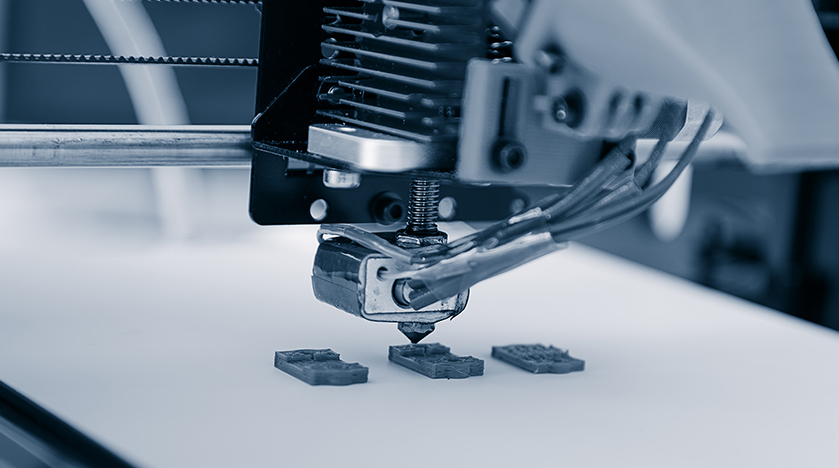With 3D printing in what may be considered the very early their adult years stage of its development, researchers currently are transforming interest to evolving 4D printing, which gives 3D-printed things the ability to alter shape autonomously.
A group at Singapore University of Technology as well as Design (SUTD) has actually gone also a step further as well as created a brand-new relatively easy to fix 4D printing modern technology. In this brand-new process, not only can a 3D-printed item modification form either in response to warm or water, it can also revert back to its initial shape without human intervention.
Researchers at SUTD teamed up with scientists Nanyang Technological University on the brand-new procedure, which takes a various tack than some formerly effective reversible 4D-printing strategies.
Until now, researchers generally utilized a hydrogel product to produce a 4D-printed reversibility without the need for human treatment. In these techniques, the things resumes its original shape utilizing a hydrogel as a stimulus.
This strategy has its restrictions due to the absence of mechanical strength in this kind of product. For applications that involve load bearing, a hydrogel is not an optimal choice, researchers said. Additionally, research study using various layers of product as a choice to a hydrogel permit reversible 4D printing, but in a clunky way that is not really mechanically reliable.
Two-Material Approach
Instead of making use of a hydrogel, the SUTD team used 2 products suitable for printing in a 3D polyjet printer that showed a capacity to maintain their mechanical toughness during and also after the procedure– the transition product VeroWhitePlus as well as the elastomer TangoBlackPlus.
In the process, researchers made use of ethanol to trigger the elastomer to swell, which– like the hydrogel in various other similar processes– produces stress and anxiety on the shift product, they said. After that, when heated up, the transition product alters its form to a second form.
The procedure than needs drying the ethanol out of the elastomer and heating the change product again, which enables it to revert to its original shape, scientists stated. At the exact same time, the elastomer draws the shift material back because of flexible energy stored in it after drying out.
Scientist acknowledged they have a long roadway ahead to make the procedure practical for business printing. However, SUTD Professor Chua Chee Kai, lead researcher on the project, claimed the process his group developed has possibility for use in future applications when more devices and also more products become available for this sort of printing.
“While relatively easy to fix 4D printing in itself is a wonderful development, being able to utilize a much more robust product while ensuring a more precise reversal during form change is revolutionary, as it permits us to produce intricate frameworks that can not quickly be attained via standard manufacture,” he claimed.

